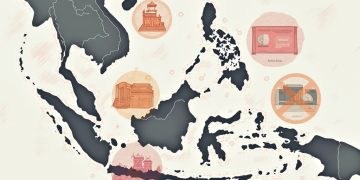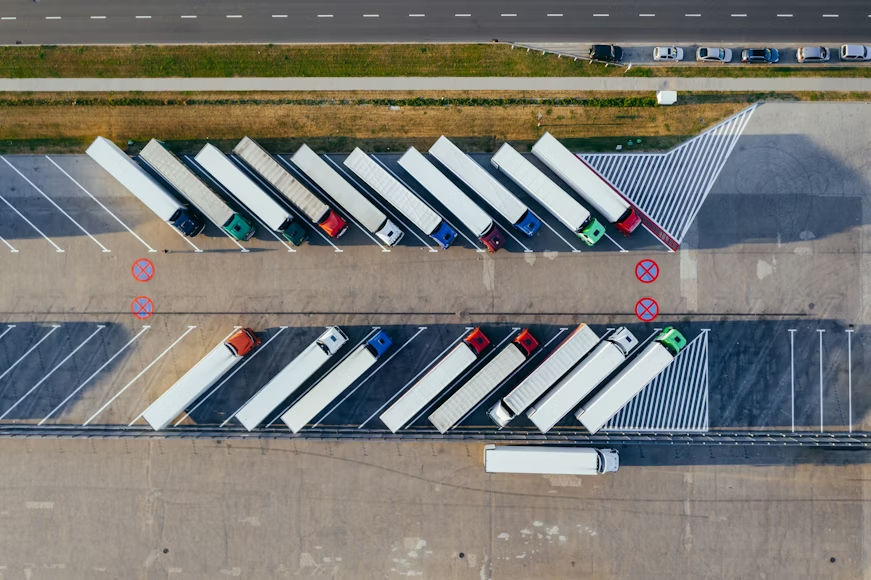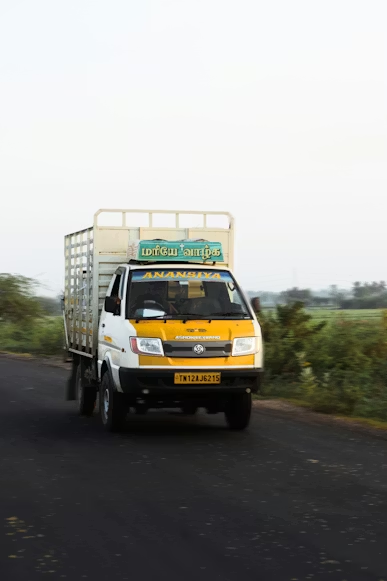US President Donald Trump’s tariffs, which target a wide range of global imports, have placed a significant strain on Southeast Asia, with countries like Vietnam and Cambodia facing some of the highest tariff rates. Vietnam, in particular, has been hit with a tariff of 46%, while Cambodia faces 49%. Other Southeast Asian nations, such as Thailand (36%), Indonesia (32%), and Malaysia (24%), are also impacted, though to a lesser extent. The Philippines and Singapore face tariffs of 17% and 10%, respectively.
The imposition of these tariffs is particularly challenging for a region heavily reliant on exports, a central factor in its economic development over the past few decades. Exports to the United States alone contribute approximately 30% of Vietnam’s GDP and 25% of Cambodia’s, making these markets critical to their economic success.
For Vietnam, which has set ambitious growth targets under its “bamboo diplomacy” strategy, the tariffs threaten to undermine its plans for becoming a high-income, knowledge-based economy by 2045. The country has relied heavily on exports to the US, its largest trading partner, to achieve this goal. However, these tariffs now present significant hurdles in meeting those growth expectations, which were already considered ambitious by many economists.
Thailand, while less dependent on US exports, faces its own economic challenges. With less than 10% of its GDP tied to exports to the US, the country’s economy has struggled in recent years, and these new tariffs add another layer of difficulty to its efforts to stimulate growth.
In Cambodia, the tariffs pose a particularly acute threat to the garment industry, a key employer in the country. With around 750,000 workers in the sector, many of whom come from low-income backgrounds, the tariffs could lead to widespread job losses. The government’s political stability, which has been built on economic privileges and support for industries like textiles, is now at risk as a result of these economic pressures.
In response, countries across Southeast Asia have sought to negotiate with the US government to ease the tariffs. Vietnam has sent its Deputy Prime Minister to Washington to argue for a reduction in tariffs, offering to eliminate duties on US imports in return. Similarly, Thailand plans to send its finance minister, while Malaysia’s Prime Minister has also expressed concerns. However, the US administration, led by Peter Navarro, senior trade advisor to President Trump, has dismissed such proposals, citing concerns over trade imbalances and non-tariff barriers, particularly in relation to Vietnam’s export practices.
The tariff policy has also drawn attention to Myanmar, where a 44% tariff has been imposed despite the country’s ongoing civil conflict and minimal trade with the US. This has raised concerns about the impact on Myanmar’s garment sector, which provides stable employment for many families.
In a region where Trump had previously enjoyed some degree of popularity, especially in Vietnam and Cambodia, the current tariff dispute has led to calls for a reassessment of the relationship. Both countries have long admired Trump’s transactional approach to foreign policy, but now, like many of their neighbors, they find themselves seeking relief from the tariffs through diplomacy and negotiation.
As the situation continues to unfold, the economic implications for Southeast Asia remain significant, with potential long-term consequences for regional stability and growth.
Stay current with supply chain news on The Supply Chain Report. Free trade resources are available at ADAMftd.com.
#TrumpTariffs #SoutheastAsianEconomies #TradeImpact #GlobalTariffs #USTradePolicy #AsianEconomyChallenges #InternationalTrade

















